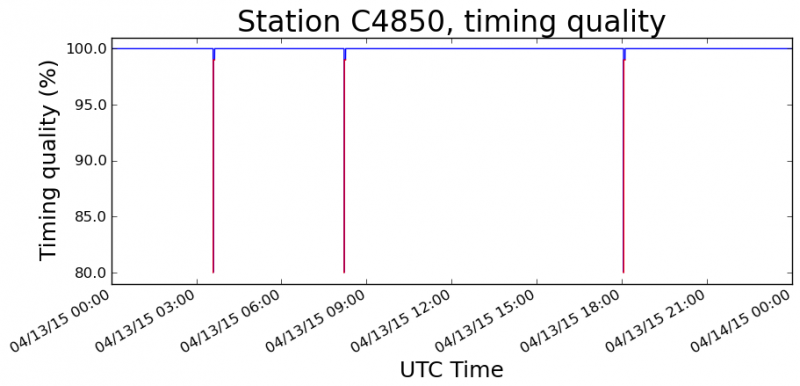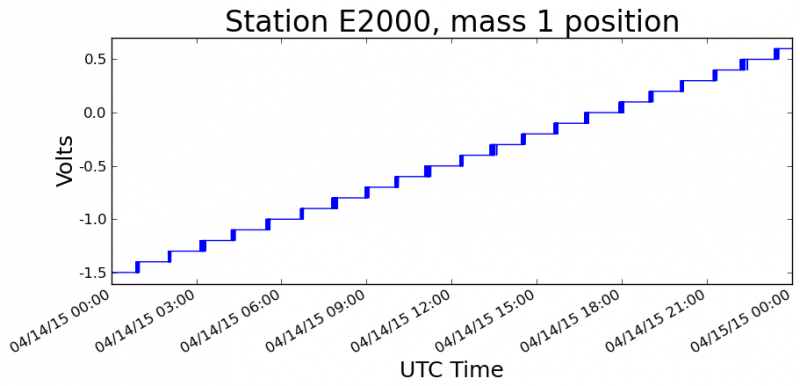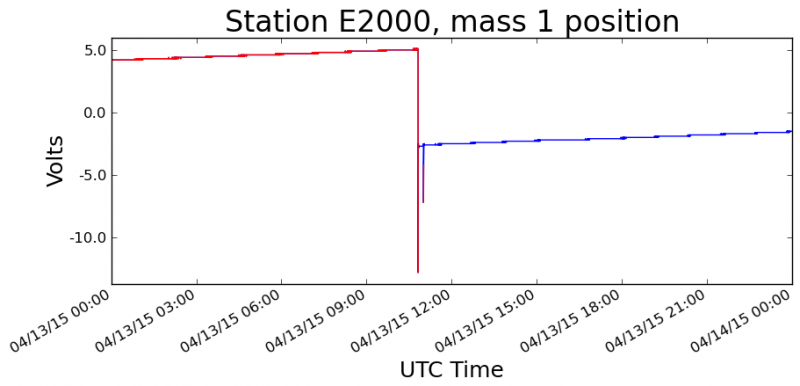Table of Contents
Homestake Data Quality Monitoring
This page is dedicated to monitoring the data arriving from Homestake as it is being collected. The main purpose is to ensure reasonable quality, and to react to possible problems in a timely manner.
The monitoring is organized in week-long shifts, the schedule is posted below. If a person is not available during the assigned week, he/she should arrange for a replacement and adjust the schedule accordingly. The shifter should look at the data quality monitors every day during the shift, and notify the group if a problem is observed. The tutorial linked below includes examples of abnormalities to watch out for.
Data monitor link
UMN: http://homepages.spa.umn.edu/~meyers/homestake/
Caltech: http://homestake.gps.caltech.edu/
(dugl/3Darray)
Schedule
| Week of | Shifter |
|---|---|
| 09/18 | Daniel |
| 09/25 | Vuk |
| 10/02 | Pat |
| 10/09 | Gary |
| 10/16 | Ross |
| 10/23 | Victor |
Pat's May4
Tutorial
Timing - make sure the timing quality is 100%. A few small dips each day are OK (see below for an example). The timing error should be between -5 and 5 us.
Seismic channels - some loud events are to be expected, but further investigation may be warranted if loud events are seen on a daily basis.
Input voltage - will ideally be between 12 - 15 V, but the Q330 can operate between 11 and 18 V.
Temperature - the Q330 is most accurate between -20C and 50C, but can operate between -40C and 70C.
Mass positions - will ideally be between -1.5 V and 1.5 V, but are probably OK if between -4 V and 4 V. Watch for consistent drifting or random discontinuities in the mass positions (examples below).


